Review: The Rokinon 12mm f/2.0 NCS CS
![]()
Can the new Rokinon 12mm f/2.0 NCS CS compete with the Zeiss Touit 12mm f/2.8? Here are my thoughts on this unique lens.
A few months ago I showed readers how to pick a lens for milky way photography. In the conclusion of the guide, there was one particular type of lens that stands out above all the rest: the fast wide angle. Rokinon has been a particularly popular manufacturer for photographers interested in astrophotography because their lenses often outperform many of the more expensive offerings from Canon or Nikon at a much lower price. The lenses from Rokinon eschew the typical modern norm of autofocus or image stabilization, instead focusing solely on the optical performance. You can find the same lenses under other brand names too: the original manufacturer is Samyang and their lenses are available under the names Rokinon, Bower, Walimex and a few others.
The all new Rokinon 12mm f/2.0 NCS CS is unique because it’s a lens design dedicated to mirrorless cameras. It’s made specifically for compact system cameras with a short flange focal distance and no reflex mirror like the Fujifilm X-Series, Sony Apha/Nex Series and the Olympus OM-D line. It’s also notable as the fastest 12mm lens ever made for APS-C sensor cameras. With a super wide field of view of almost 99° and a fast f/2.0 aperture, it becomes the highest scoring dedicated mirrorless lens on my astrophoto lens rating system to date with a score of 2176. It’s unique in that no other manufacturer offers a lens with as wide a field of view and as large an aperture for APS-C mirrorless cameras.
The announcement of the 12mm f/2.0 NCS CS lens is also significant in that Rokinon is finally expanding its support for mirrorless cameras. Rokinon has upheld a reputation for offering some of the best bang for the buck lenses for any camera system and by now offering such a competitive mirrorless lens design, they’re helping fuel the push towards mirrorless interchangeable lens cameras. Some manufacturers like Fujifilm and Olympus have completely abandoned the DSLR design for mirrorless cameras and now every major camera manufacturer has offered at least one mirrorless camera design. Mirrorless cameras like the Olympus OM-D E-M1 and Fujifilm X-T1 are directly competing with their larger DSLR cousins but offer smaller, lighter overall systems.
![]()
B&H gave me the opportunity to review this lens, and once I received it, I didn’t put it down for over a month, shooting with it in Germany, Italy, and California. Here are the results:
First Impressions
If you have used the Rokinon 8mm f/2.8 Fisheye, this lens will feel remarkably similar and that’s a very good thing. It’s built out of high quality plastics with a metallic lens mount. It clicks firmly against the lens mount with no noticeable side to side play and only a slight amount of rotation play, no more than any of my other lenses. It feels rather dense for its size, presumably from the 12 element design. The lens hood also snaps in place with a satisfying click and has no noticeable play once installed.
The aperture ring feels very similar to other Rokinon lenses. It rotates with affirmative clicks at each half-stop from f/2.0 to f/22. The focusing ring is separated from the aperture ring with a red anodized aluminum ring. The focusing ring is plastic and has a broad grip and it rotates very smoothly and silently but with enough damping that it will stay where you want it. It requires just over 1/4 turn to focus from minimum distance all the way to infinity which is a very comfortable range for both fast and precise focusing. The lens has a rear focusing design so the front element and lens barrel do not move at all when focusing which makes the lens particularly nice for filter use.
![]()
The lens has a very narrow diameter for most of the lens barrel and then it tapers toward the front element to a rather large filter thread size of 67mm. This is presumably for prevention of vignetting when using filters because of the lens’s wide field of view so it’s probably unavoidable by design (The Zeiss Touit 12mm has a very similar taper near the front element). It’s large enough that the camera will rest on the edge of the lens barrel when you set it on a table. In practice though, it’s still a very compact lens, especially for a fast retrofocal design. It’s almost the same size as Fujifilm’s XF 14mm f/2.8 R and actually smaller and lighter than Zeiss Touit 12mm f/2.8 despite being a full stop faster than both. It’s just the right size and weight for handheld use of small mirrorless cameras. It feels very well balanced on small camera bodies like the Canon EOS M. At a glance, it looks and feels like a very nice lens, more than worthy of its price tag.
Focusing
The Rokinon 12mm f/2.0 is a manual focus design so it inherits all the quirks of use that come with using manual focus. Unfortunately, the lens does not have depth of field marks which is disappointing for a fast wide angle prime. As a result, hyperfocal shooting is a little more difficult and likely requires use of some sort of digital focus aid like focus peaking or magnified live-view.
The focus distance scale markings on the lens are also inaccurate on my copy: a problem that I’ve found to be common with Rokinon lenses. The same was true for my review of the Rokinon 14mm f/2.8. Simply put, infinity is not at the infinity mark; on my copy it’s actually slightly past it. This means that users should probably ignore the distance marks if they’re worried about critical focus when shooting wide open and instead rely on their camera’s focusing aids like magnified live view or focus peaking. I really wish that the focusing distance marks were more accurate and that the lens included a hyperfocal depth of field scale.
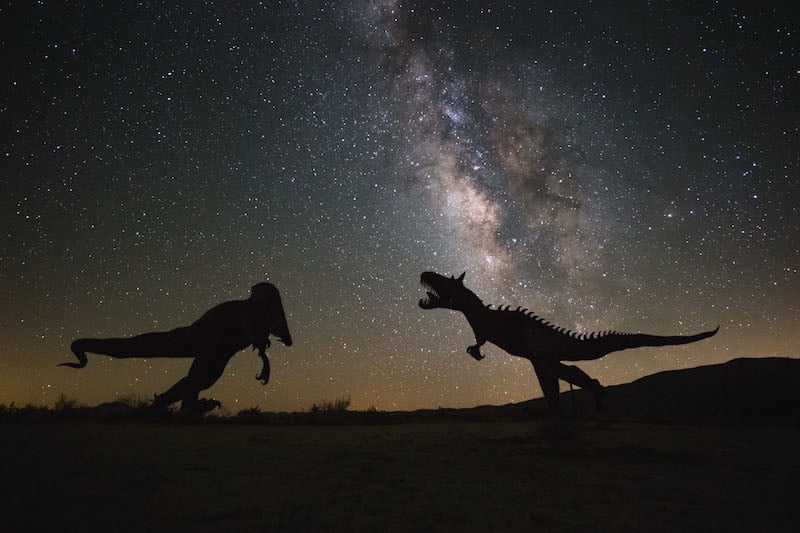
Image Quality
I, along with most other photographers, am probably most interested in the performance of the lens when used wide open at f/2.0 because it’s the only 12mm for APS-C sensors to offer such a fast aperture. I had a lot of skepticism that Rokinon would be able to keep the performance acceptable when shooting at f/2.0. While all my experiences with Rokinon lenses in the past (14mm f/2.8 and 24mm f/1.4) have shown spectacular performance wide open, the new 12mm f/2.0 is a rather extreme design. It’s a very short focal length with a large relative aperture in a very compact package. Usually, something’s gotta give when lens designs are pushed to such extremes. Luckily, that doesn’t seem to be the case with the Rokinon 12mm: its performance wide open is exceptional, making it a perfect lens for astrophotography.
Sharpness Test: Rokinon 12mm f/2.0 NCS CS versus Zeiss Touit 12mm f/2.8
The obvious competitor to this lens is the Zeiss Touit 12mm f/2.8. Both of these lenses are very good but the Rokinon 12mm f/2.0 NCS CS has three distinct differences: it’s manual focus only, it’s faster by one full stop (f/2.0 vs f/2.8) and it’s about half the price (unless you count the recently announced deal on the Zeiss Touit 12mm f/2.8 and 32mm f/1.8 kit).
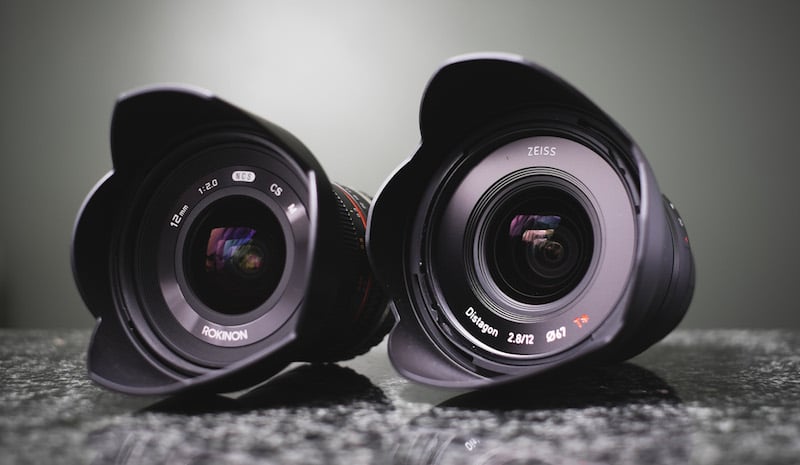
The two lenses are very similar looking from the front but the Zeiss is a bit larger than the Rokinon. Neither is a particularly big lens but it’s curious how much bigger the Zeiss is, even though it’s a full stop slower. I presume this is because the Zeiss needs room for the autofocus mechanism. I tested these lenses side-by-side while visiting Anza Borrego Desert State Park in California. This is the full view of the test shot:
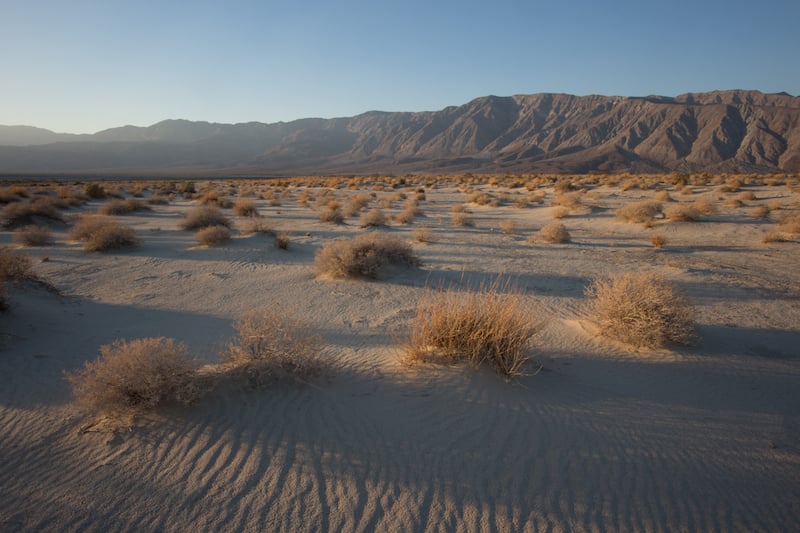
Even wide open at f/2.0, the Rokinon 12mm has excellent sharpness. It’s sharper at f/2.0 than the Zeiss at f/2.8, a real accomplishment. The Rokinon 12mm f/2.0 starts very sharp in the center wide-open, with good performance in the corners. Both lenses peak in sharpness at about f/5.6 and remain very good until about f/11 after which the sharpness drops due to diffraction. I don’t recommend using either lens at f/22 if you’re concerned about the best sharpness. Right click the sample images below and choose “Save Link As… or Save Target As…” to save and view the full size images.


Frankly, both lenses are very good performers and I enjoyed using both of them very much. I’m not particularly a pixel peeper in most situations so in terms of sharpness I think they’re both great. The real attraction for me is the extra stop that the Rokinon offers. The fact that it’s also sharper than the Zeiss wide open is just a bonus. If you have no need for autofocus, the Rokinon 12mm is sharper and a better performer in low light, making it a very attractive tool in your photography kit.
Flare, Bokeh, Coma, Vignetting
Contrast drops a bit in harsh light and the flare spots can be a bit distracting, but performance is acceptable in high flare conditions. It’s an easy situation to avoid as long as bright light sources are away from the edges for the frame. In most cases the lens hood does an adequate job at blocking most stray light from outside the frame. Here’s an example of the flare spots at f/5.6:
![]()
As such a short focal length lens, it’s rare that you would think about the quality of the out of focus highlights since the depth of field tends to be rather large, even at f/2.0. But at short focal distances, it’s possible to throw the background nicely out of focus, and bokeh quality is very nice wide open. The curved 6-bladed aperture gives rounded hexagon shaped bokeh when slightly stopped down. Here’s a test shot wide open:
![]()
One of the most important traits of the lens for night photography and astrophotography is its comatic aberration performance when used wide open. At low f/ratios many fast lenses often distort pinpoint light sources at the edges of the frame, creating stretched looking shapes called coma. All of the past Rokinon lenses that I’ve used have all shown excellent performance with coma and the Rokinon 12mm f/2.0 NCS CS is no exception.
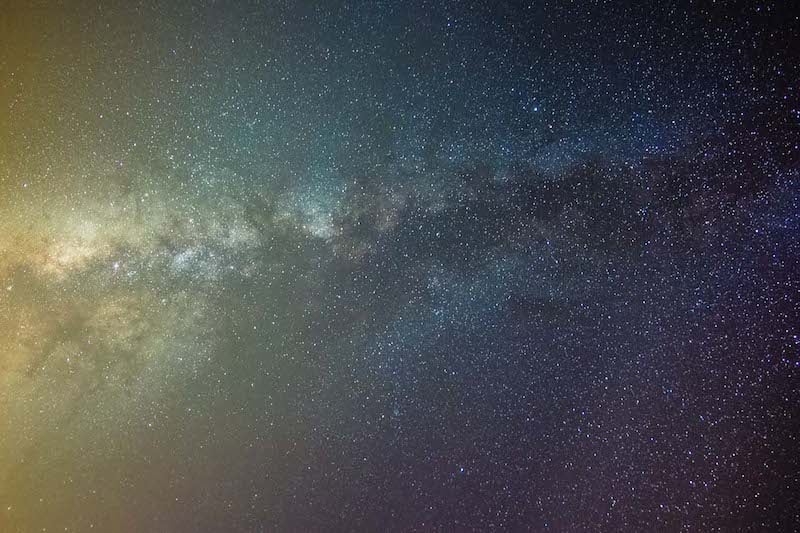
Levels of coma are very very low at f/2.0 and practically non-existent by f/2.8. I have no hesitation to use this lens wide open for astrophotography. This is very exciting for photographers with mirrorless systems that want to try their hand at astrophotography and want a great lens for the job. The crop below shows a 100% view of the top right corner. There’s a tiny bit of purple fringed coma at the extreme corners, but overall it’s very mild by most standards.
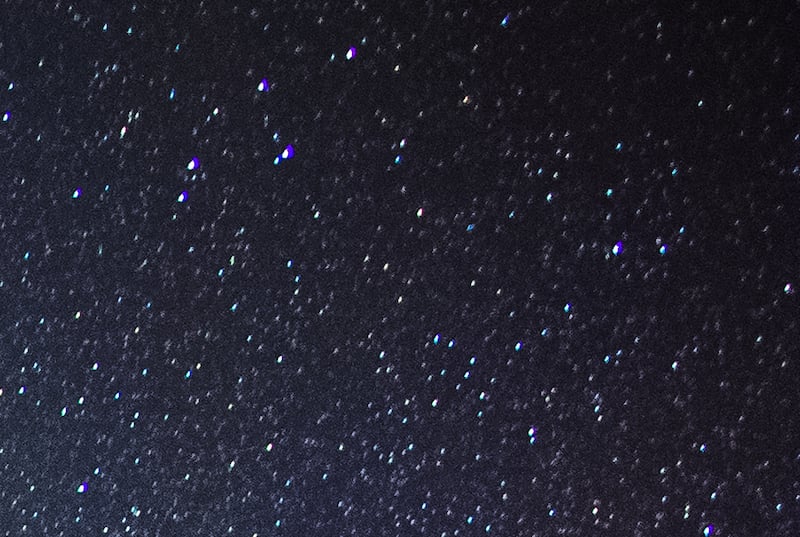
Vignetting or light falloff at the corners is apparent at almost all apertures and can be quite strong wide open at f/2.0. I expect it might be as much as 2 EV stops of light drop at the very corners when wide-open. Personally, I don’t mind a little light falloff, it’s pretty typical of fast lenses and I like it for the dramatic effect it creates. Here’s an example shot with some heavy light falloff in the corners from shooting wide-open:
![]()
Sample Photos
In just one month, this lens has been with me to the deserts of California and through several historical cities in Europe. I’m a wide angle junkie so most of the time I just left this lens on my camera the entire time. It has fulfilled almost all of my photographic needs, from street photography to architecture to landscapes to astrophotography. Here are some of the photos from the last 30 days with the Rokinon 12mm f/2.0 NCS CS.
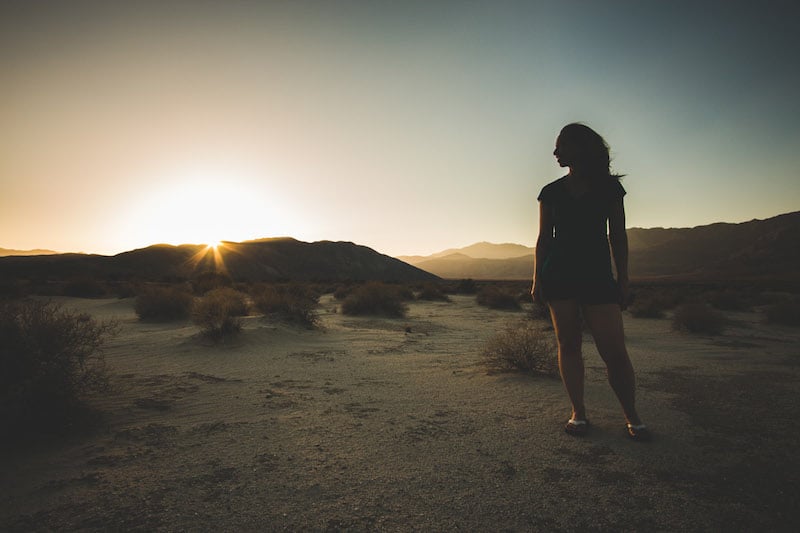
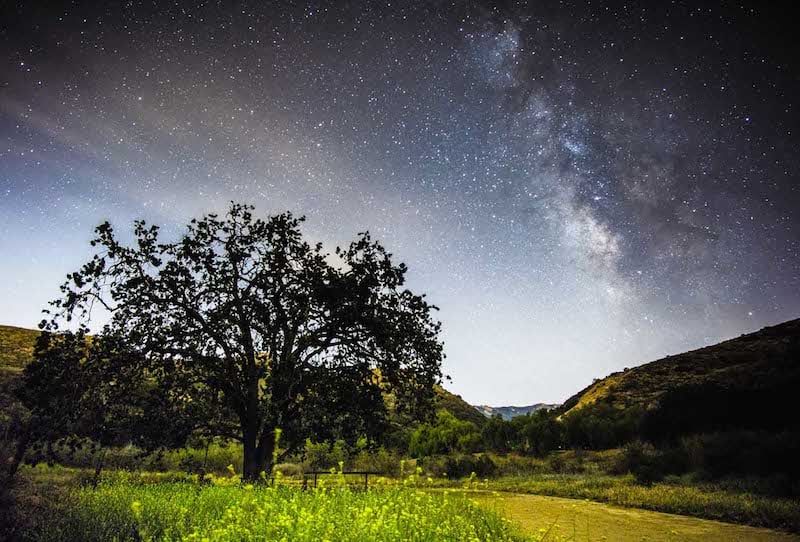
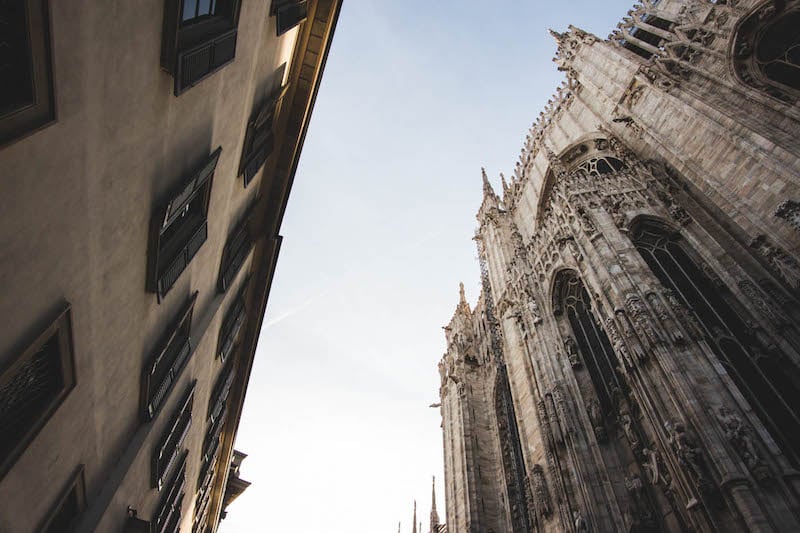
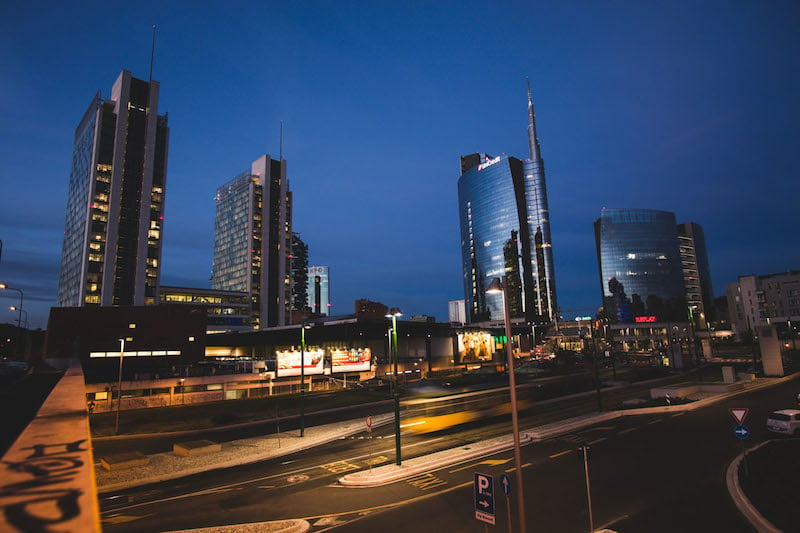
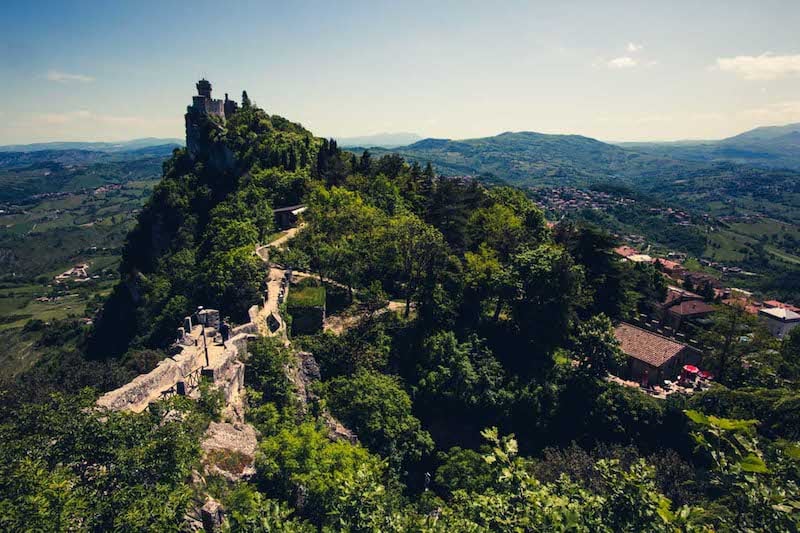
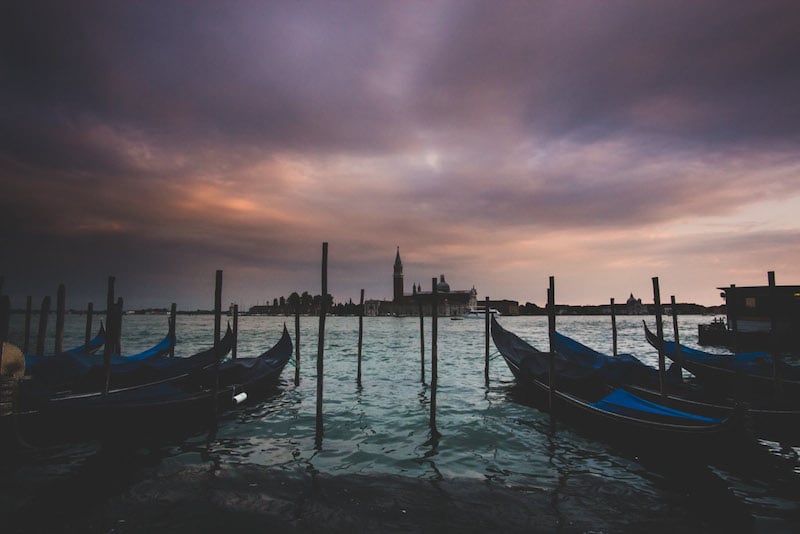
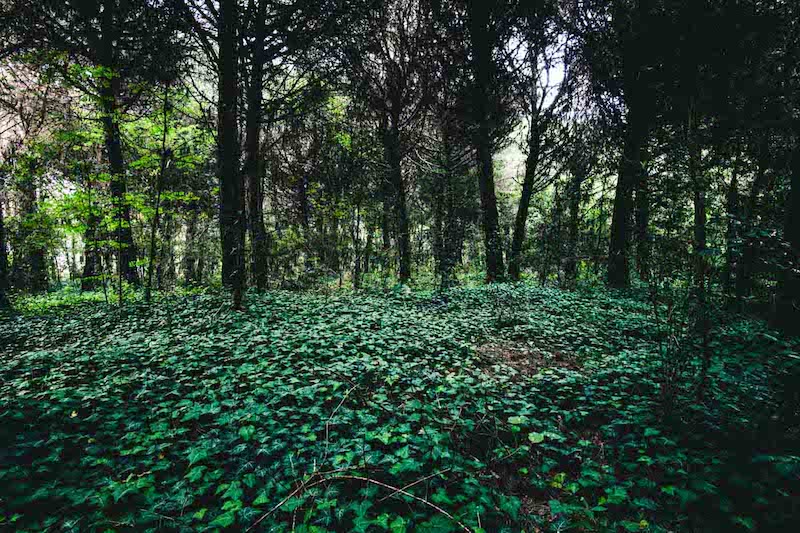
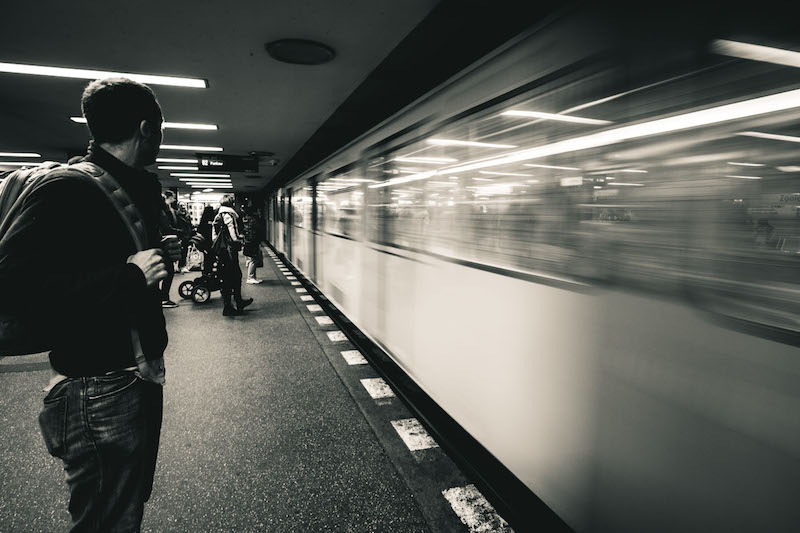
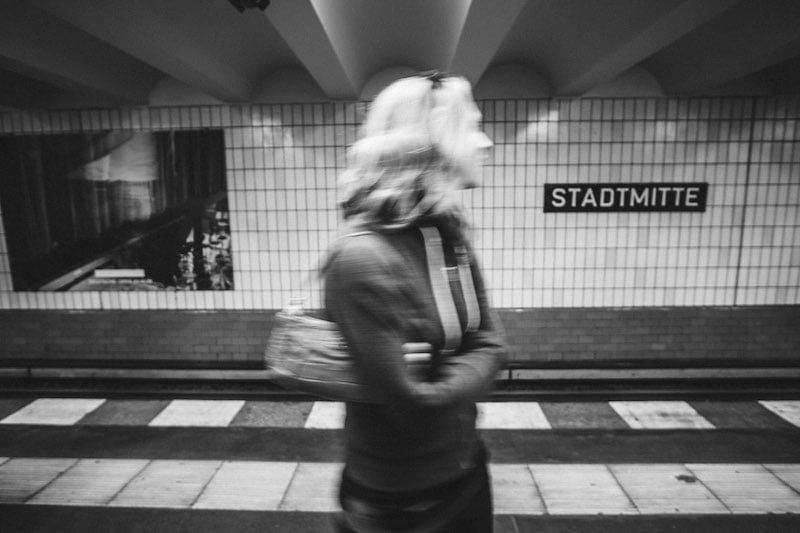
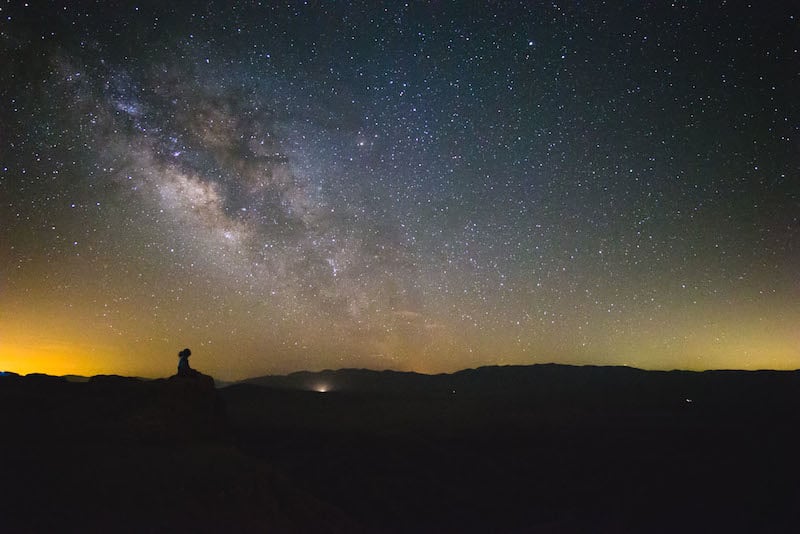
Conclusion
Optically, the Rokinon 12mm f/2.0 NCS CS is very good. It’s very sharp at almost all f/numbers, even sharper than the much more expensive Zeiss Touit 12mm f/2.8. I have no reservations recommending it to anyone looking for a nice sharp lens. For astrophotographers, its excellent coma performance, fast aperture and an ultra-wide field of view make it a prime tool for shooting the stars.
It’s not without a few operational quirks, though. It’s manual focus only, which already makes for a completely different shooting experience that adds an extra level of difficulty to using the lens. Unfortunately, the inaccurate distance marks on the focusing ring and no useful depth-of-field markings make manual focusing that much more difficult, particularly when using it wide open. It’s probably not a huge issue for photographers already familiar with using manual lenses, but it’s something that I feel the manufacturer could improve.
Overall, I really love this lens. I’m enthralled that it performs so admirably for astrophotography, a subject that usually requires large heavy lenses. It offers something unique for mirrorless shooters and delivers photos that don’t disappoint. Its small size and small price tag make it that much more enjoyable.
You can find the Rokinon 12mm f/2.0 NCS CS available online at B&H for a whole range of lens mounts, in either silver or black:
- Rokinon 12mm f/2.0 NCS CS Lens for Fujifilm X Mount (Black)
- Rokinon 12mm f/2.0 NCS CS Lens for Fujifilm X Mount (Silver)
- Rokinon 12mm f/2.0 NCS CS Lens for Micro Four Thirds Mount (Black)
- Rokinon 12mm f/2.0 NCS CS Lens for Micro Four Thirds Mount (Silver)
- Rokinon 12mm f/2.0 NCS CS Lens for Canon EF-M Mount (Black)
- Rokinon 12mm f/2.0 NCS CS Lens for Sony E Mount (Black)
- Rokinon 12mm f/2.0 NCS CS Lens for Sony E Mount (Silver)
- Rokinon 12mm f/2.0 NCS CS Lens for Samsung NX Mount (Black)
- Rokinon 12mm f/2.0 NCS CS Lens for Samsung NX Mount (Silver)
About the author: Ian Norman is a photographer, engineer and entrepreneur based out of Los Angeles, CA. He is deeply passionate about photography, and takes great joy in teaching others what he has learned over the years. You can follow him on his website, Twitter, Google+, Instagram, Vimeo and Flickr. You can also support him by purchasing his online Skillshare class on photographing the Milky Way. This review originally appeared here.